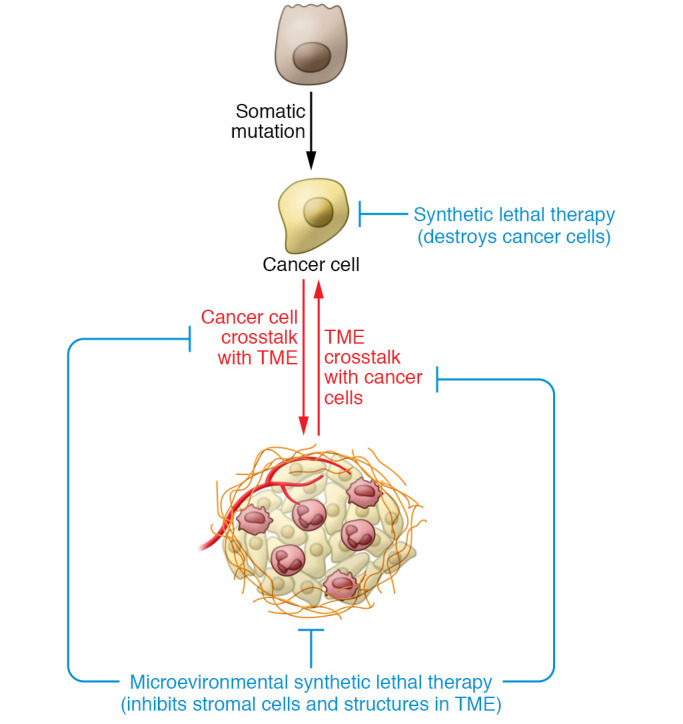Figure 1. Sensitizing cancer cells with contextually synthetic lethal therapeutics.

Cancer develops within a TME to form an organ that engages in bidirectional communication to promote tumor evolution. Contextually synthetic lethal therapies interrupt this system by targeting stromal cells or molecules within the TME to arrest tumor progression and improve treatment responses that ultimately eradicate the cancer. As an example, hypoxia in the TME inhibits DNA damage repair pathways, making hypoxic cancer cells more sensitive poly-ADP ribose polymerase (PARP) inhibitors. In contrast, conventional synthetic lethal therapies target cancer cells based only on mutational vulnerabilities.
